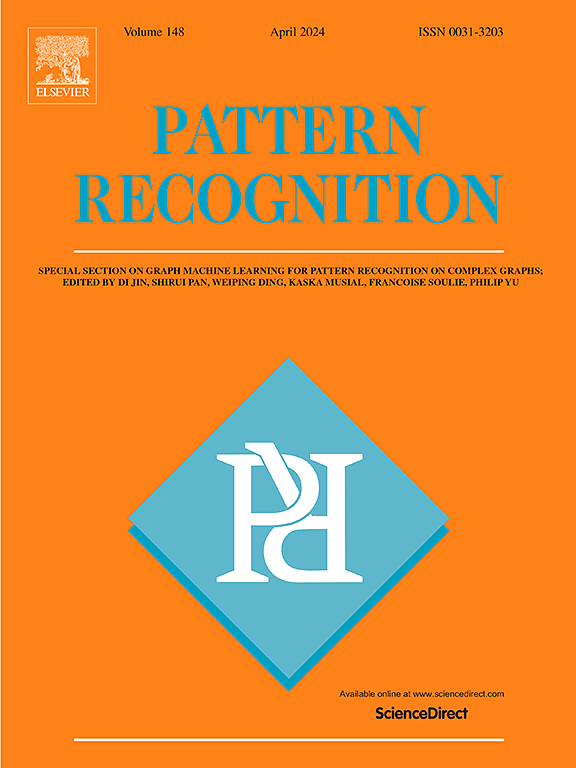Real-time dual-eye collaborative eyeblink detection with contrastive learning
IF 7.5
1区 计算机科学
Q1 COMPUTER SCIENCE, ARTIFICIAL INTELLIGENCE
引用次数: 0
Abstract
Real-time detection of eyeblinks in uncontrolled settings is crucial for applications such as driver fatigue monitoring, face spoofing prevention, and emotion analysis. This task, however, is significantly challenged by variations in facial poses, motion blur, and inconsistent lighting conditions, which frequently lead traditional facial landmark analysis tools to perform poorly, especially in low-light and dynamic environments. often lead to imprecise localization of key regions of interest, undermining the effectiveness of subsequent blink detection. To address these issues, we have developed a novel real-time dual-eye collaborative eyeblink detection method that incorporates contrastive learning. Our approach includes a consistent eye feature embedding technique that minimizes the impact of adverse lighting and extraneous noise during feature extraction. Through contrastive learning, we align feature embeddings of coarsely captured, low-light eye patches with those from finely detailed, well-lit patches. Furthermore, to enhance eyeblink detection and reduce false identifications of eye regions, we exploit the natural synchrony in blink patterns between the left and right eyes. We introduce a dual-eye collaborative spatio-temporal attention mechanism that captures both the inter-eye correlations and the temporal dynamics across sequences. Our collaborative learning approach maximizes the inherent synchrony and cooperation between the two eyes, significantly improving detection accuracy. Extensive experiments on three datasets and their low-light variants demonstrate that our method operates in real-time, adjusts effectively to varying lighting conditions, and performs robustly in untrimmed video scenarios.
求助全文
约1分钟内获得全文
求助全文
来源期刊

Pattern Recognition
工程技术-工程:电子与电气
CiteScore
14.40
自引率
16.20%
发文量
683
审稿时长
5.6 months
期刊介绍:
The field of Pattern Recognition is both mature and rapidly evolving, playing a crucial role in various related fields such as computer vision, image processing, text analysis, and neural networks. It closely intersects with machine learning and is being applied in emerging areas like biometrics, bioinformatics, multimedia data analysis, and data science. The journal Pattern Recognition, established half a century ago during the early days of computer science, has since grown significantly in scope and influence.
 求助内容:
求助内容: 应助结果提醒方式:
应助结果提醒方式:


